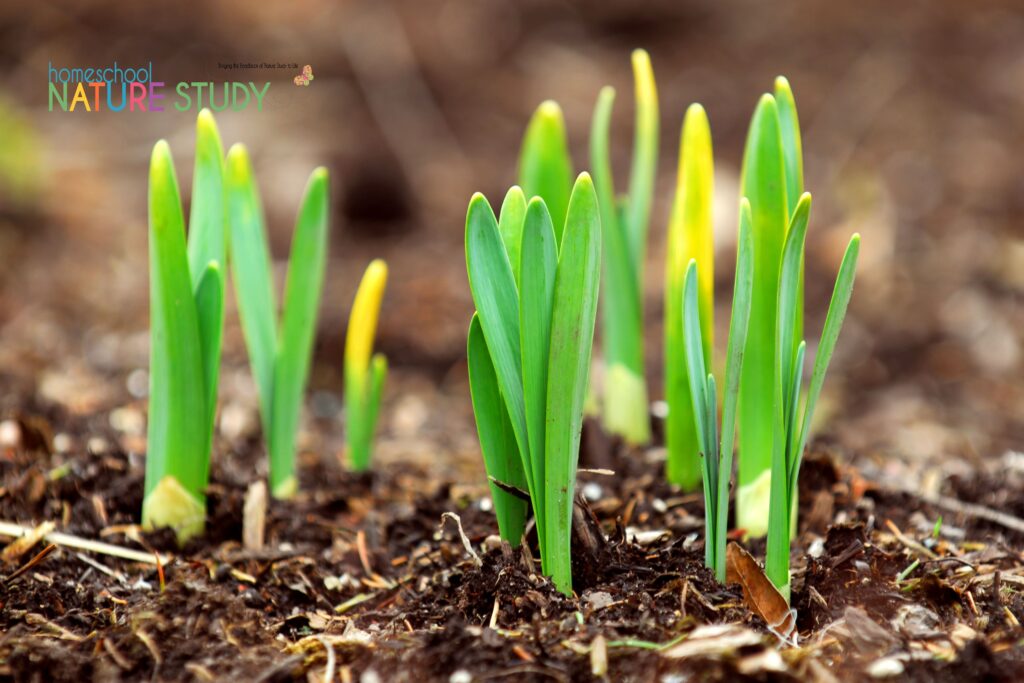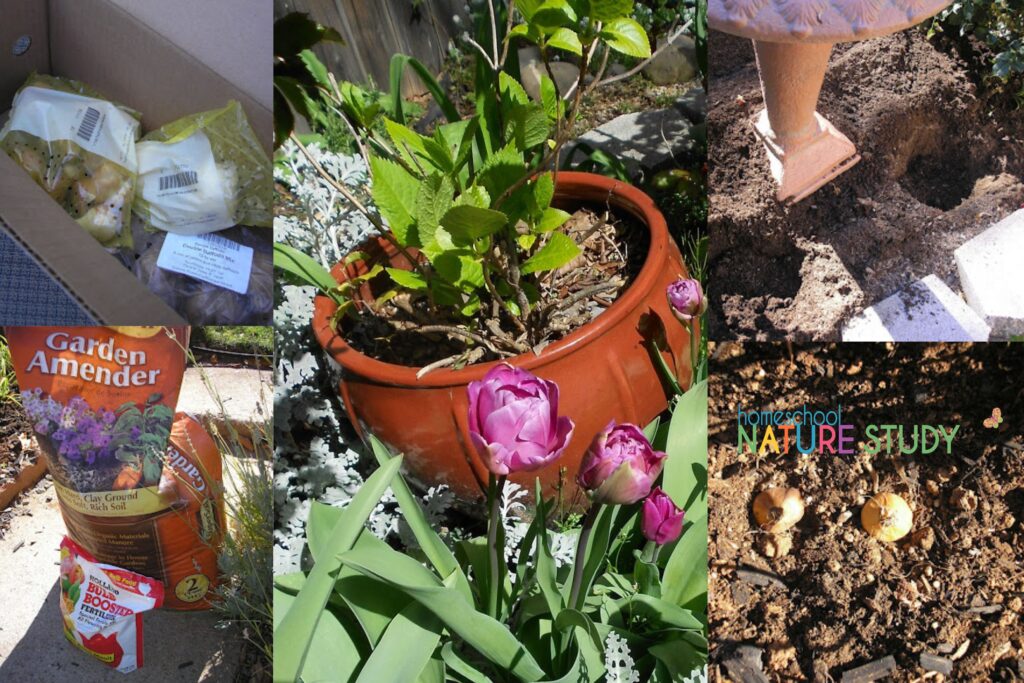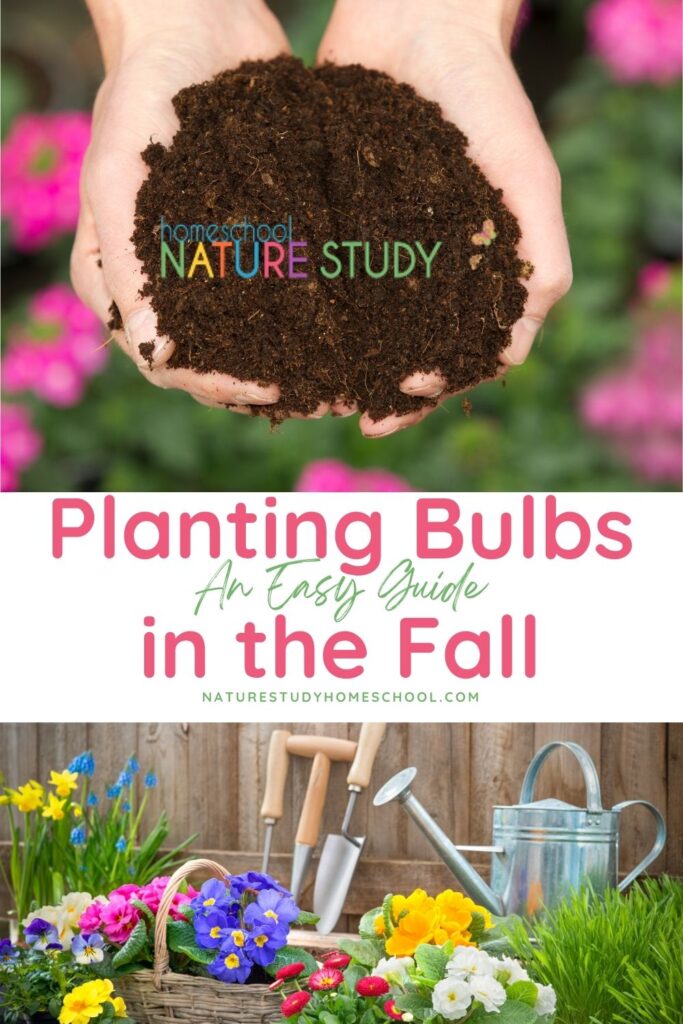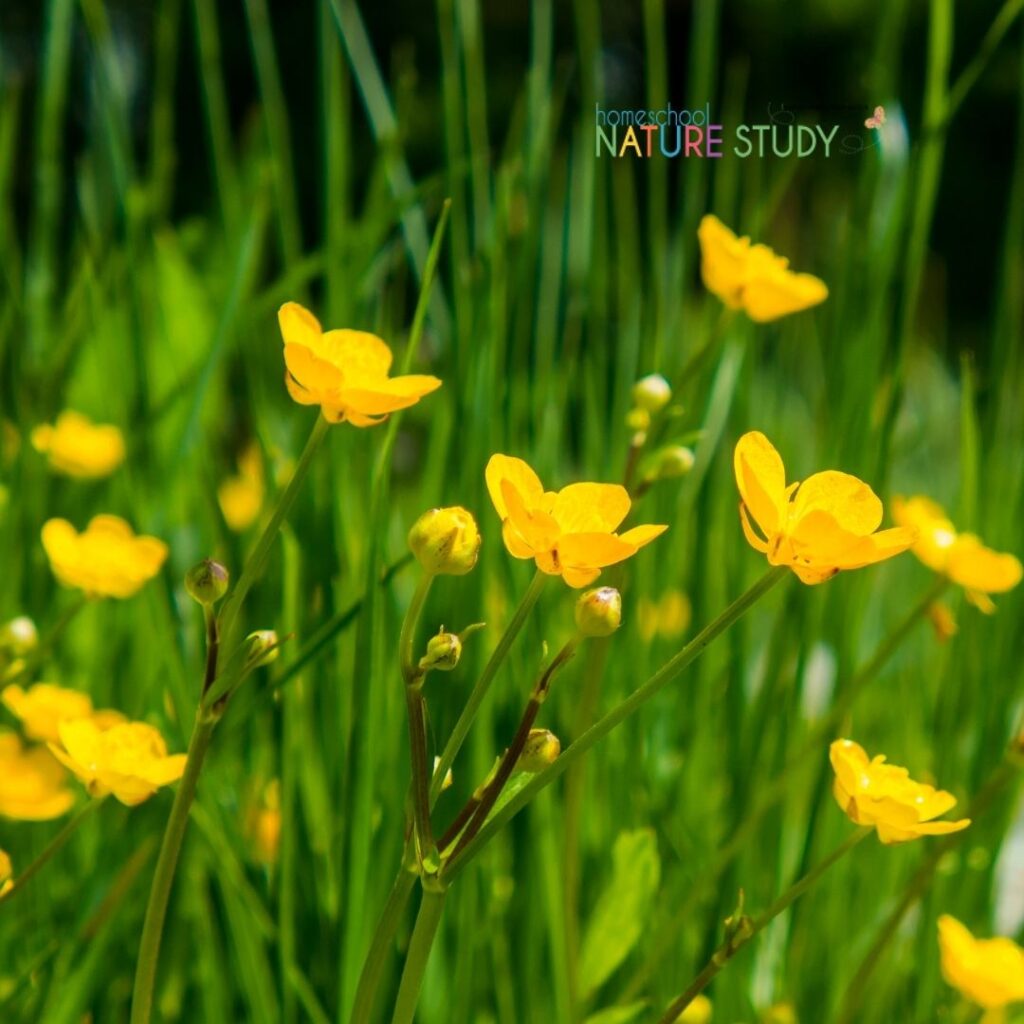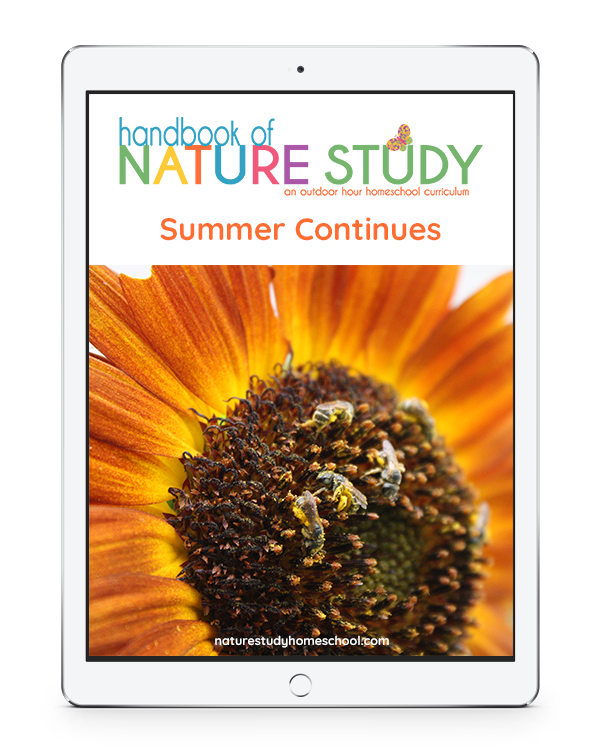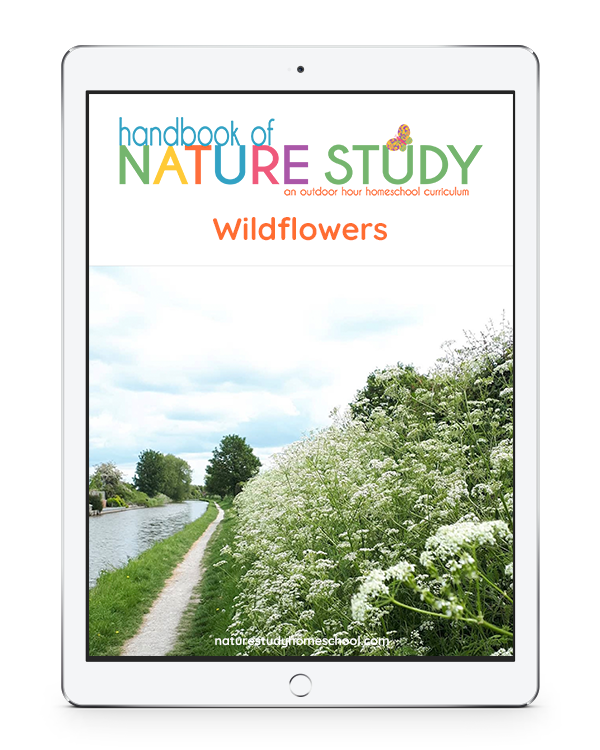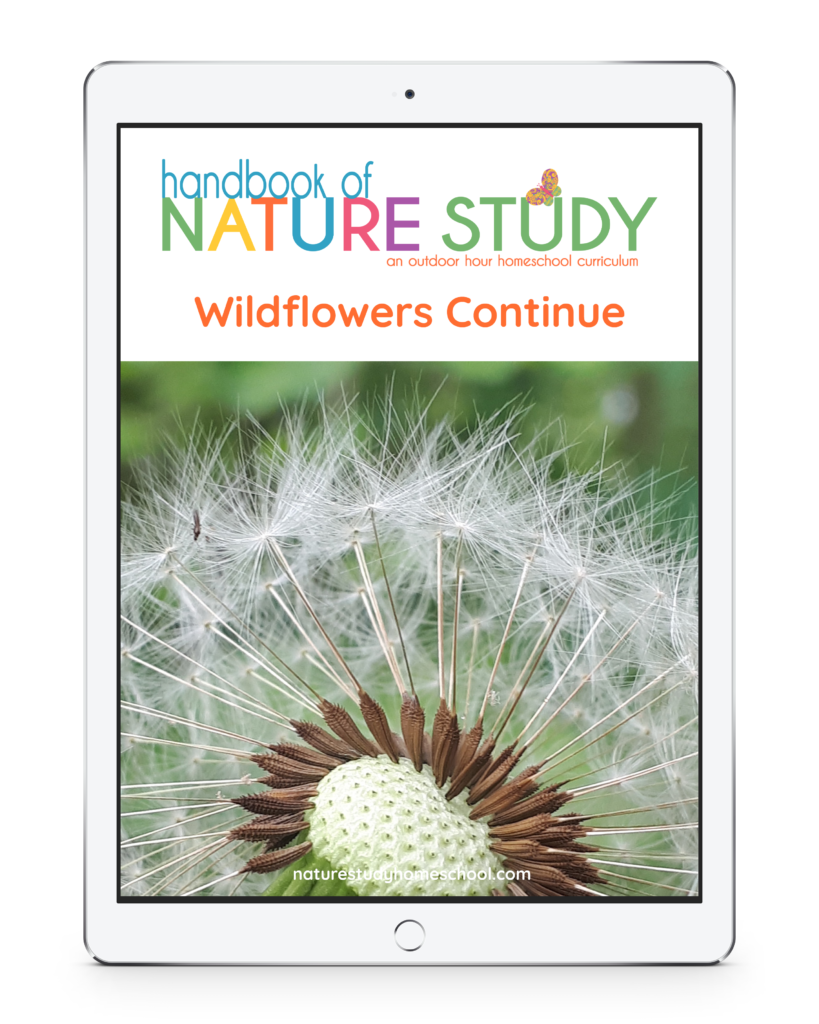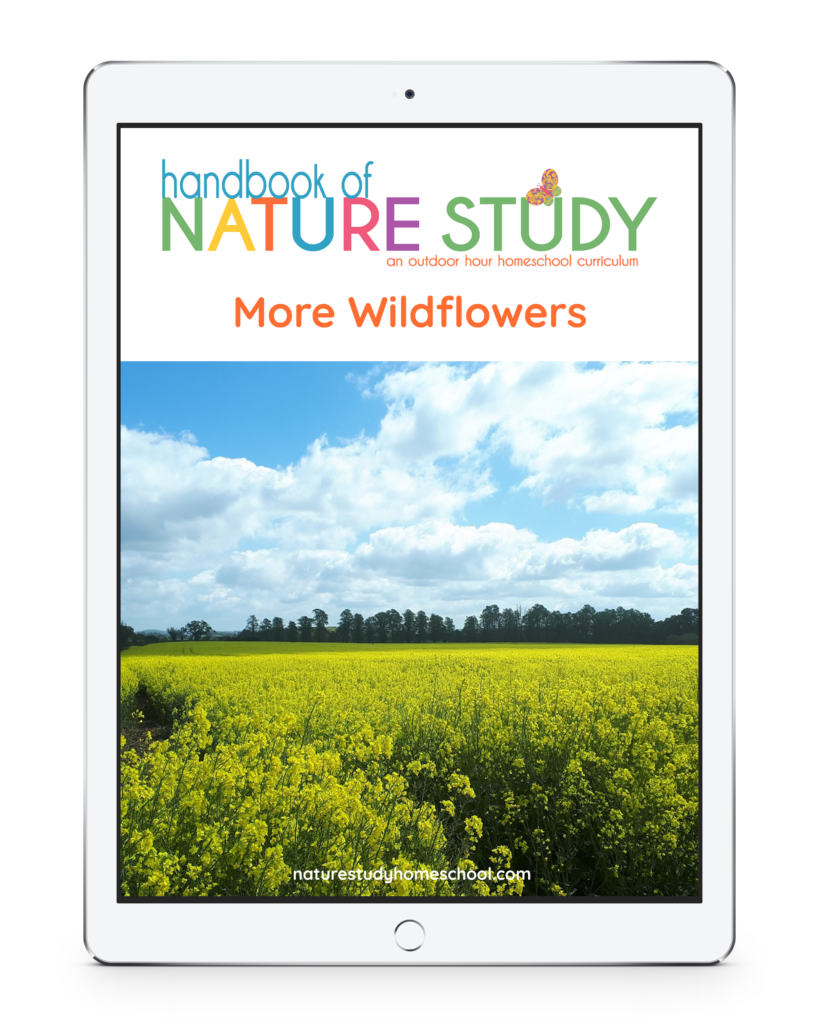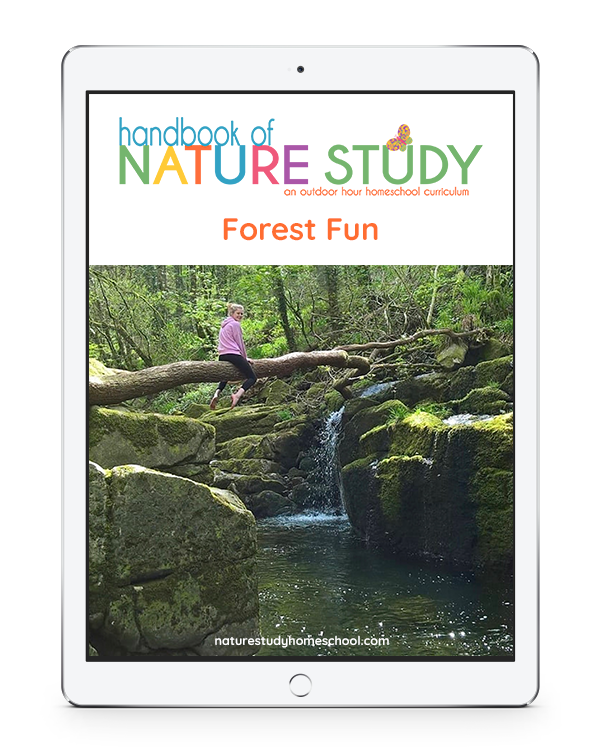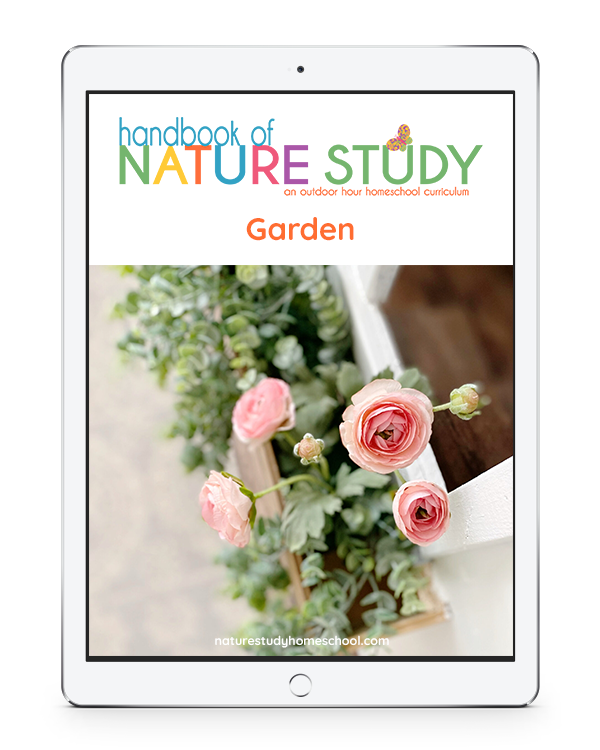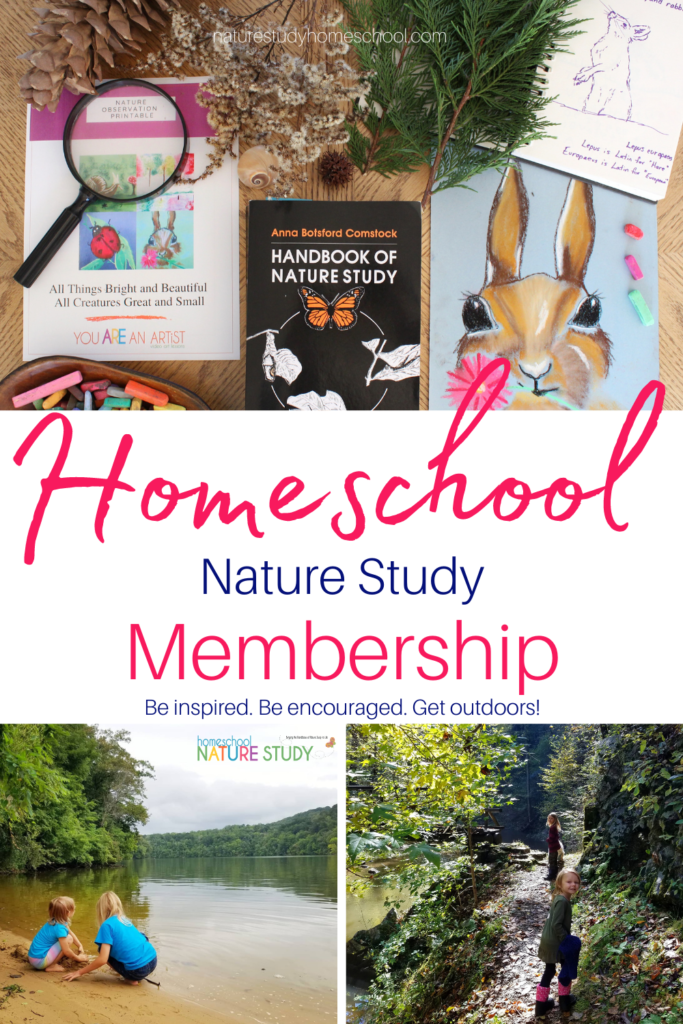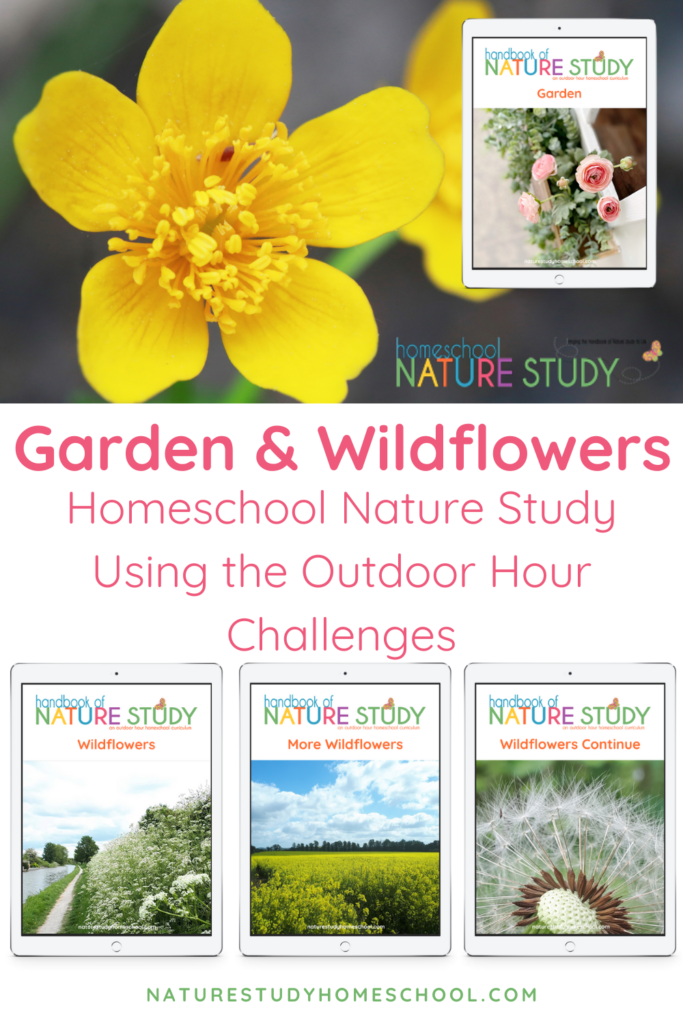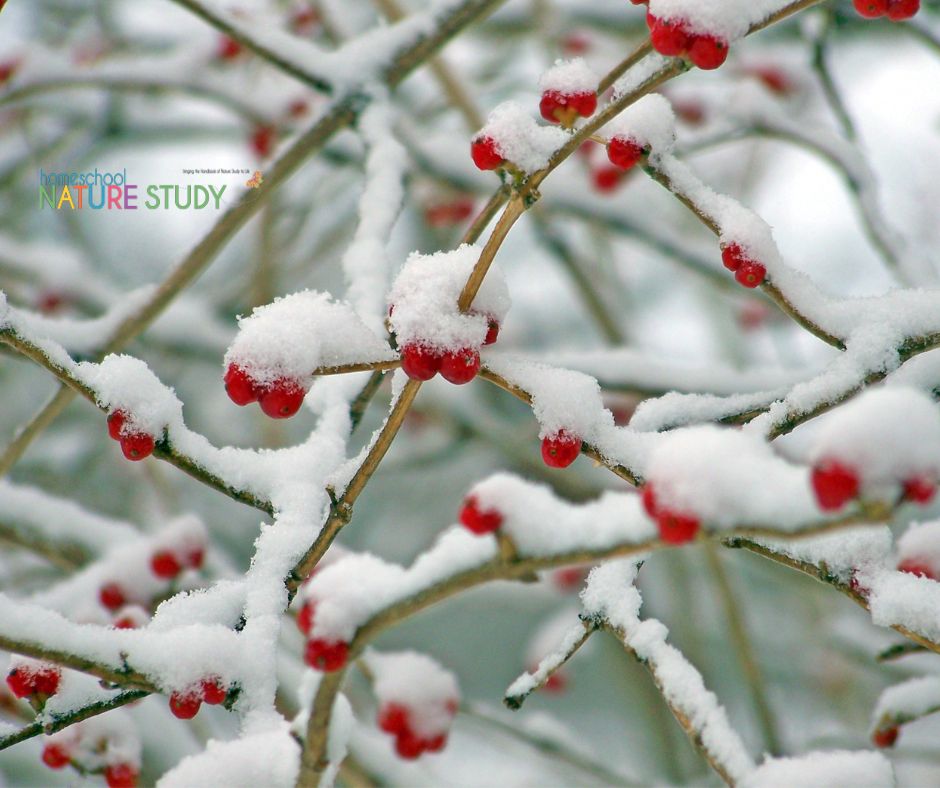
Here are a few of the ways we keep our yard as a wildlife habitat in winter. We have structured our garden to help encourage wildlife to visit all year long. Create a Winter Garden and add shelter for wildlife with these easy and effective resources and tips.
Planning ahead when you are finishing your autumn garden clean-up gives your winter garden a chance to provide the shelter your neighborhood creatures need to survive the cold and wet conditions of the season. Shelter from the wind, rain, snow, ice, and predators is a vital part of any winter garden plan.
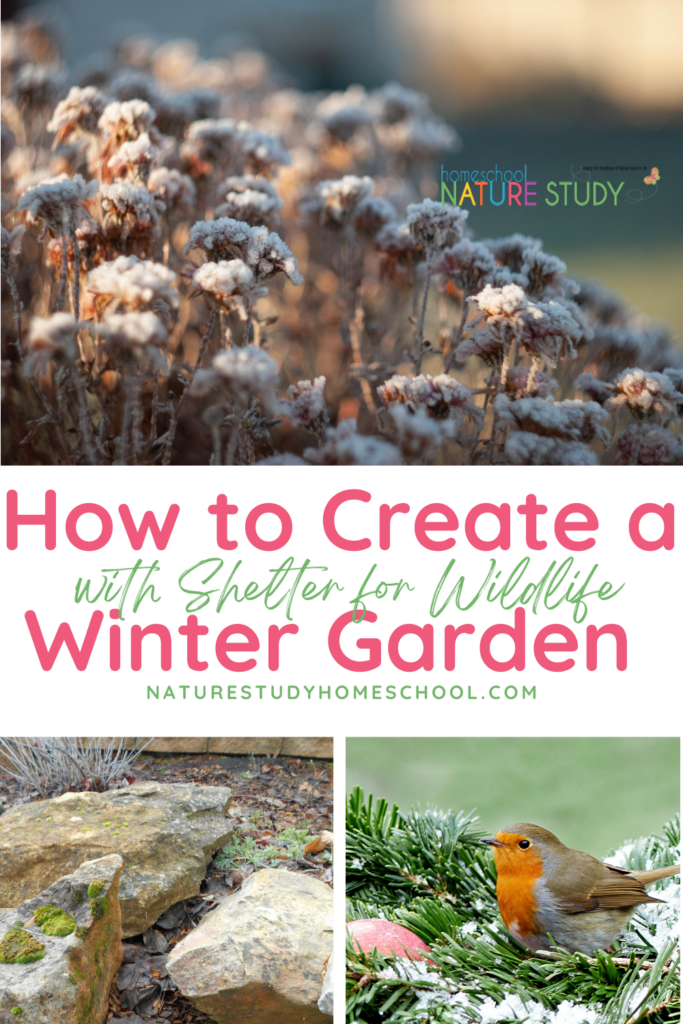
It is just a matter of knowing which plants to prune back and which ones can be left as they are. We have learned by trial and error mostly.
The Heavenly bamboo along the front of our house is not only colorful this time of year with the leaves turning reddish and the berries ripening to a brilliant orange-red but it is a source of shelter for birds and insects. I have seen the Ruby-crowned kinglet gathering spiderwebs from these bushes.
“Moss, grass, lichen, bark strips, twigs, rootlets, needles, and spider webs comprise its outer walls, and feathers, plant down, and hair form a soft lining.”
Audubon website says of the kinglet’s nest
We leaves some of the grasses and weeds for the birds and other animals to use as food and shelter.
They don’t look very appetizing but the birds think these are tasty little treats….blackberries left on the vine just behind our bird feeding station. The finches, sparrows, titmouse, and towhees all shelter on and under these vines. I also saw fox scat just by these vines last week so I think they might be gleaning a few berries as well (as evidenced in the scat).
The coneflowers are another favorite in the winter flower garden. I cut them way back but leave some of the seed heads for the birds to glean from.
We also have learned that some of the weeds in our yard are best left to over-winter. These mullein plants will shoot up a stalk next spring and then flower all summer. The hummingbirds and finches will use them as a steady part of their diet. We leave those in the garden.
I harvested about thirty pounds of walnuts this year for our enjoyment. I will spend many a winter evening hour cracking nuts for our family and to share with friends. Some of those friends will have feathers and fur. I leave quite a few of the nuts for the squirrels and Scrub jays to use for their winter meals. When I note that all the nuts are up off the ground, I will regularly set some out of my store cupboard in various parts of the yard. They always disappear.
Lavender along the front wall is once place I trim but not all the way back. It looks sort of wild but it does provide shelter all winter long for birds and nectar for the hummingbirds and bees. Yes, we have bees and hummingbirds in the winter who frequent this section of the garden. It amazes me every time I see the birds hovering over those small little flowers but they must be gathering some food or they wouldn’t come back.
I also love leaving this section of lavender because when the sun hits those plants it produces a sweet smell that reminds me that summer will come again. It can’t all be about the animals, birds, and insects!
How to Create Winter Shelter Habitats in Your Backyard Garden
Winter gardening for wildlife allows our family to help sustain our local animal community during the long cold winter months when they are looking for their basic needs of food, water, and shelter.
One of the vital components of a winter garden for wildlife is to create sheltering spots. This often means leaving a little “messiness” in your winter garden. With just a little effort and planning, you can be rewarded with daily visits from the birds and other animals who enjoy your winter garden.
Here are some ideas for you to use in your own winter garden oasis for sheltering spots:
- bushes
- rocks
- trees
- arbor
- leaf piles
Leaf and Stick Shelter for Birds, Insects and Mammals
Spreading fallen leaves over your flower beds makes a place for birds to forage and other creatures to over-winter. I have observed the towhees and the juncos picking through the leaves looking for something to eat. We even add in a few of the smaller fallen branches to the pile which give additional spots for birds to perch and land under the feeder. If you have access to a few logs, making a log pile would be another option for a variety of creatures to use as shelter.
Rock Shelter for Insects and Invertebrates
Our rock patches are the perfect place for overwintering creatures to hide in and under. I know there are insects of some kind living in these rocks….I have seen beetles. I also have observed that the Western scrub jays and robins poke around in these rocks which leads me to believe there are some tasty morsels in the rocks for them to enjoy.
Larger Rocks for Shelter for Mammals and Invertebrates
Larger rocks allow for creatures to shelter from the winter temperatures and conditions. They seem to find all the nooks and crannies to squeeze into and to use as protection. I have even seen a few lizards out here on the big rocks…not my favorite creatures but still very awesome to see.
Vines for Shelter for Birds and Insects
Although we do prune back the trumpet vines and climbing rose twice a year, we leave it to grow over the winter to allow the birds to perch and shelter. Our main backyard bird feeder is just to the left of the edge of this photo and the birds will use these vines as landing spots on their way to and from the feeder. I have also seen the birds huddled inside the vines when the wind is howling away…they seem all snug tucked up inside. The littler birds escape the larger birds by getting up inside the vines…many layers of shelter going on in this spot of the yard.
Dried Plant Stems for Winter Shelter for Insects
Leaving dry plant stems in the garden leaves a place for insects and spiders to shelter. I read somewhere that there are insects that will crawl into the hollow stems for shelter through the winter. I have not seen this yet but my eyes are on the alert!
Winter Shelter Ideas: Shrubs and Bushes for Birds, Mammals and Insects
The shrubs and bushes in our yard provide the best protection from the rain and snow. I often will see birds tucked up inside the limbs of the bushes in our yard even in the hardest downpours. There are several spots in the lavender bushes that look like the image above where the birds have created a little hiding spot.
Do you have any additional ideas for winter garden shelter for wildlife?
You may be interested in reading this additional backyard habitat entry: How to Make Your Backyard a Natural Habitat for Wildlife
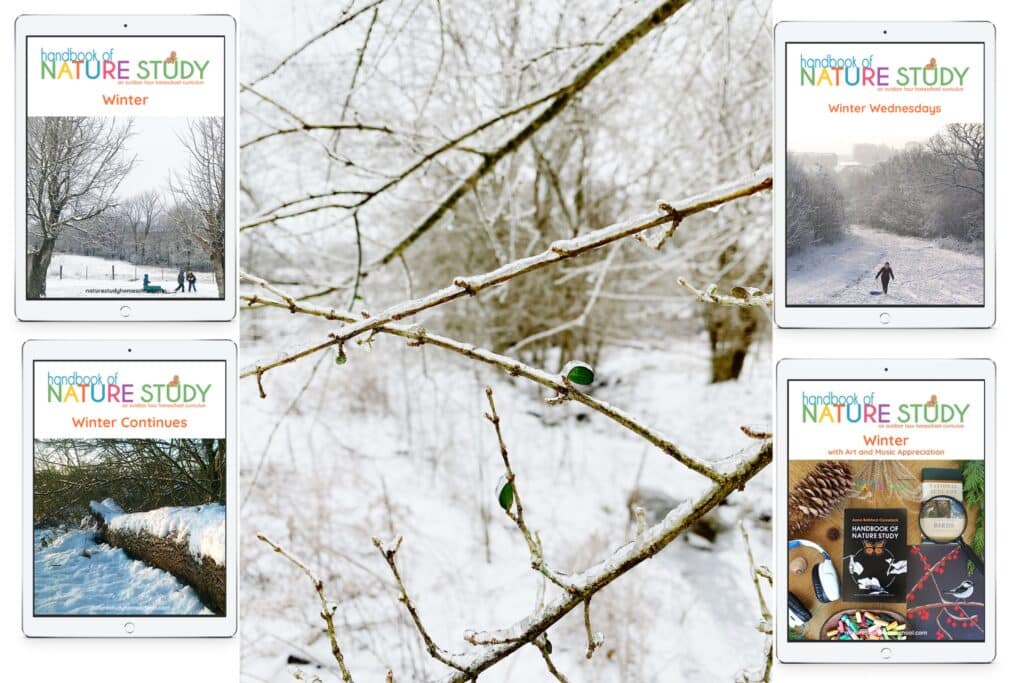
More Garden and Habitat Learning with Homeschool Nature Study Membership!
With a nature study calendar for every day of the year, nature curriculum topics to match the learning in your homeschool and the help you need as a homeschool mom, we truly do help make it easy and effective.
Be inspired. Be encouraged. Get Outdoors!
by Barb McCoy, founder of The Outdoor Hour Challenges








